
Agile Project Management
Key Tenants of Our Agile Project Management Approach
IntelliTect’s team has multiple years of experience developing leading-edge software, architectures, and agile development methods. We have developed agile processes and frameworks that successfully deliver results for the largest and most challenging projects. As a company and as individuals, we continually improve our processes, methods, and tools.
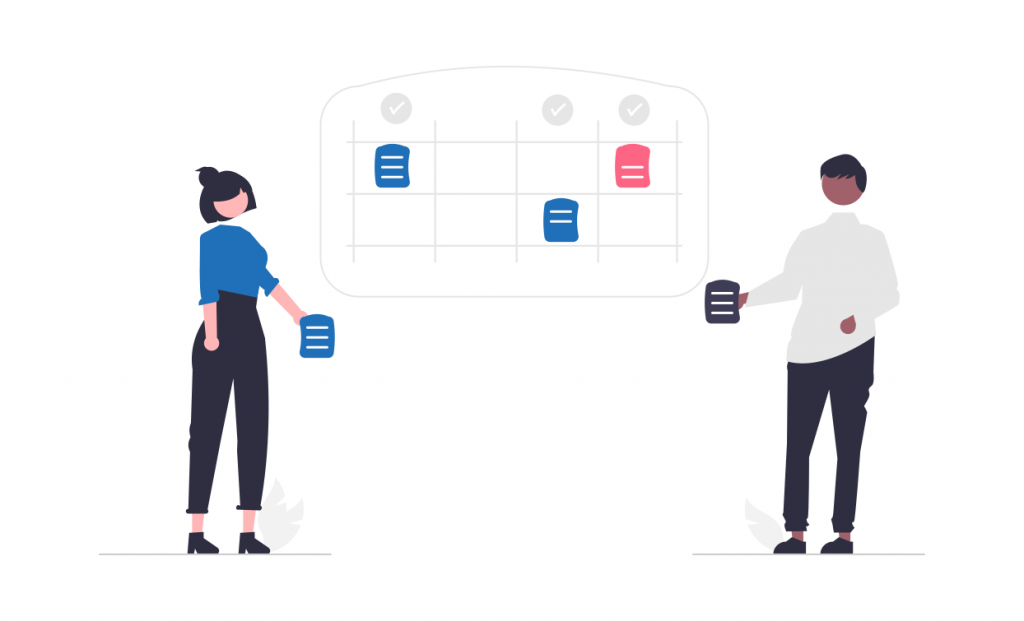
Agile Project Management
Our agile approach to application lifecycle management (ALM) is the key to our success (see this case study or this one).
IntelliTect uses the latest agile methodologies for continuous delivery and improvement. We have certified expertise in Scrum, Kanban, and other agile methods. Measurement and feedback are constant and include test results, build results, and a project progress relative plan.
Our Recommended Approach
- Manage the project by using an ALM tool such as Microsoft’s VisualStudio.com or Azure DevOps
- Organize all project requirements (or user stories), source code, database design and definition, unit tests, build definitions, and solution deployments in one place
- Create a product backlog of user stories to track each distinct project requirement
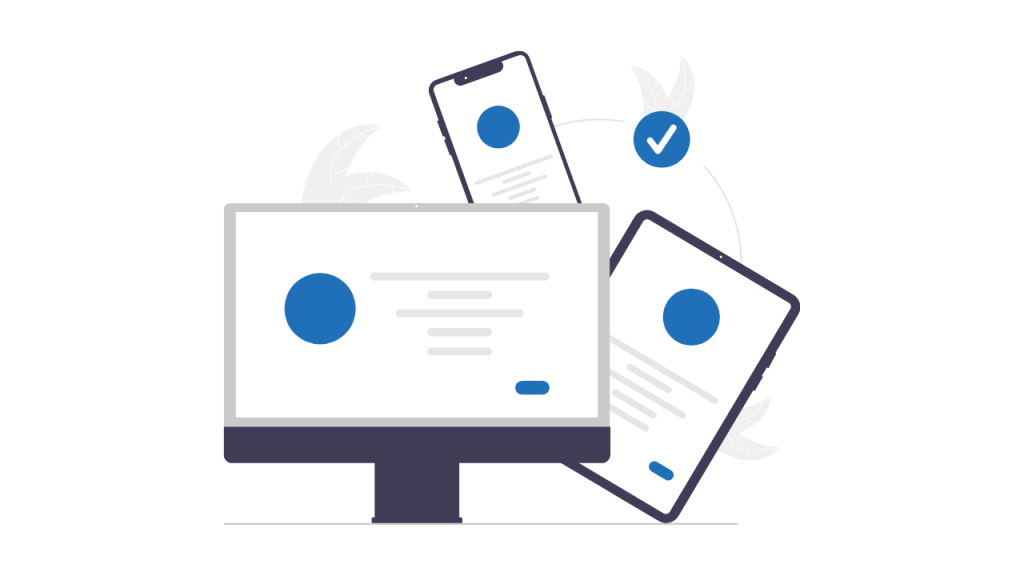
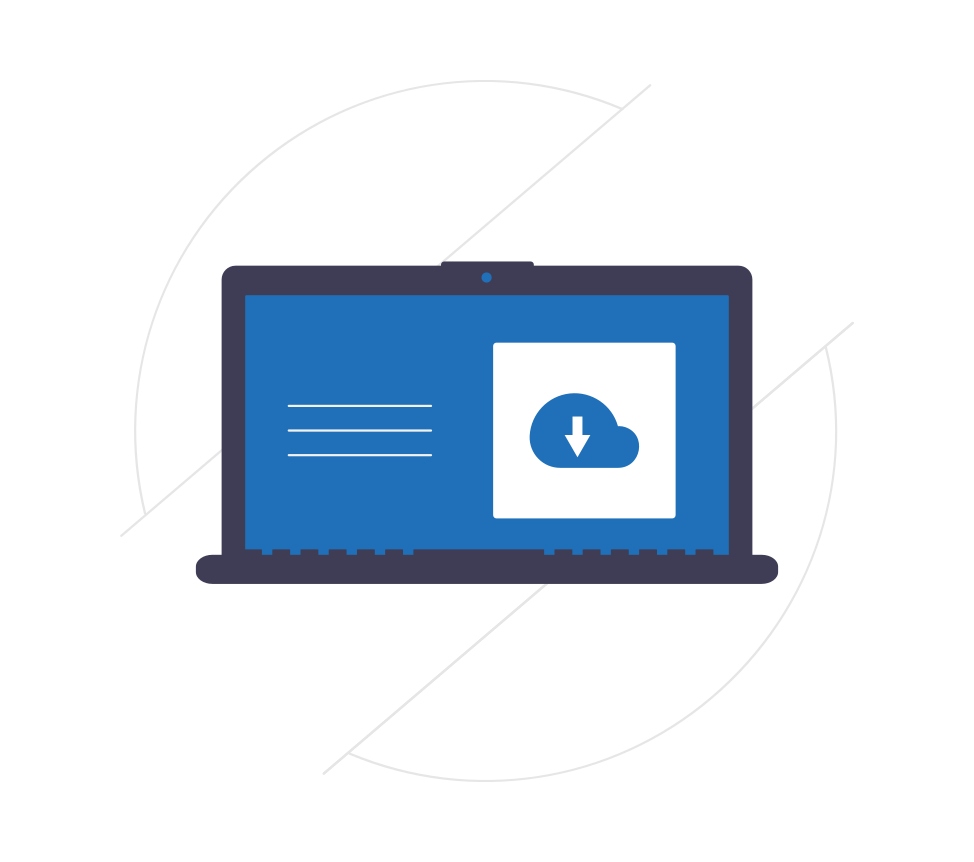
- Organize the user stories on a planning board that defines the process of getting work done and clearly shows the status of each user story
- Demonstrate results and allow project owner to review all completed product backlog items and suggest new user stories to improve upon them as needed
- Define “done” for each process step. Minimally, our definition includes:
- All acceptance criteria is satisfied
- Code passes all automated unit tests
- Code has been checked into source control
Choosing the Best Agile Process for Your Project
Real-world projects are filled with plenty of challenges. The process you use to manage the project shouldn’t be one of those concerns. At IntelliTect, we use Scrum or Kanban. Here’s a high-level breakdown of these two agile project management methodologies.

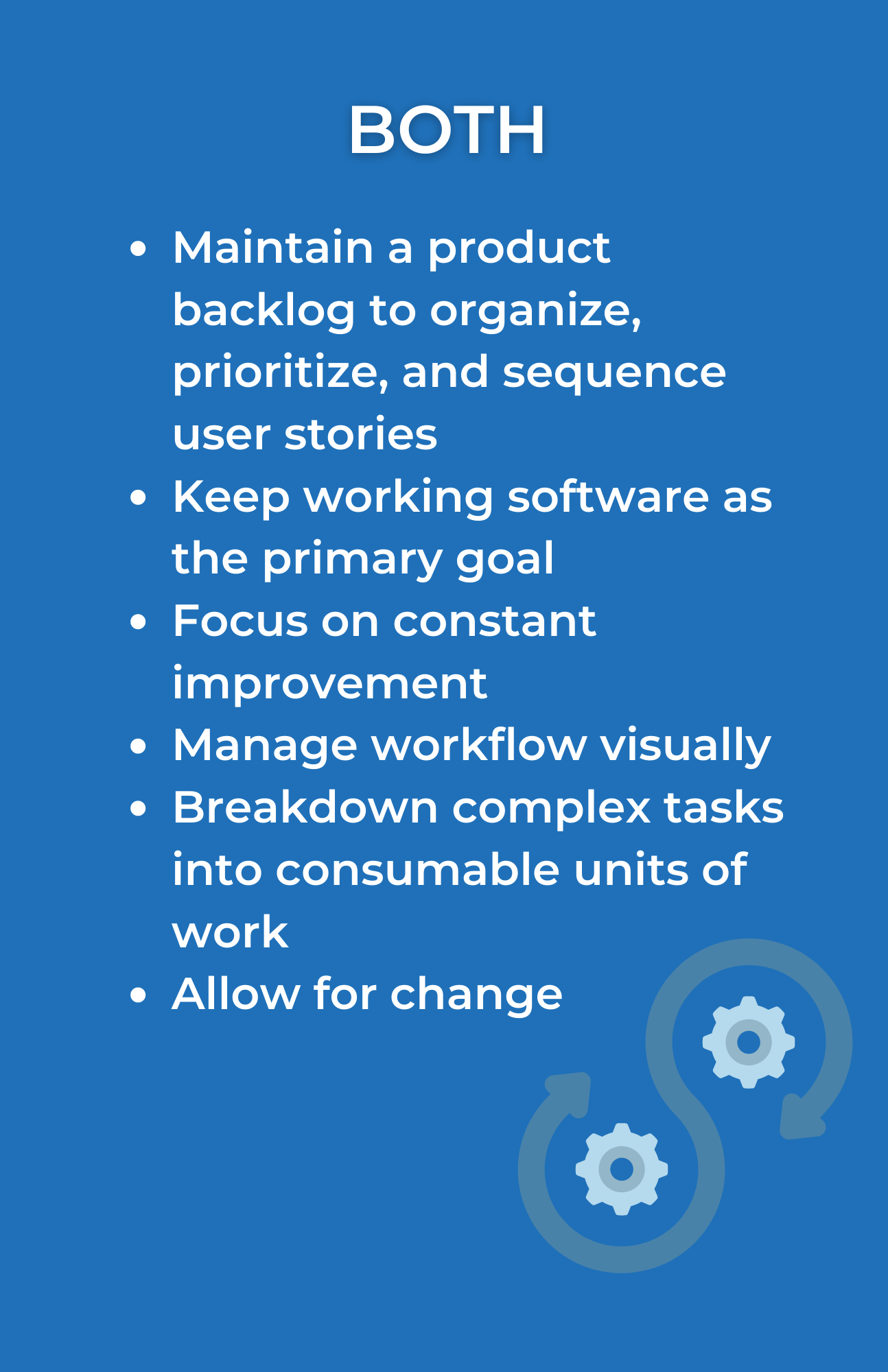
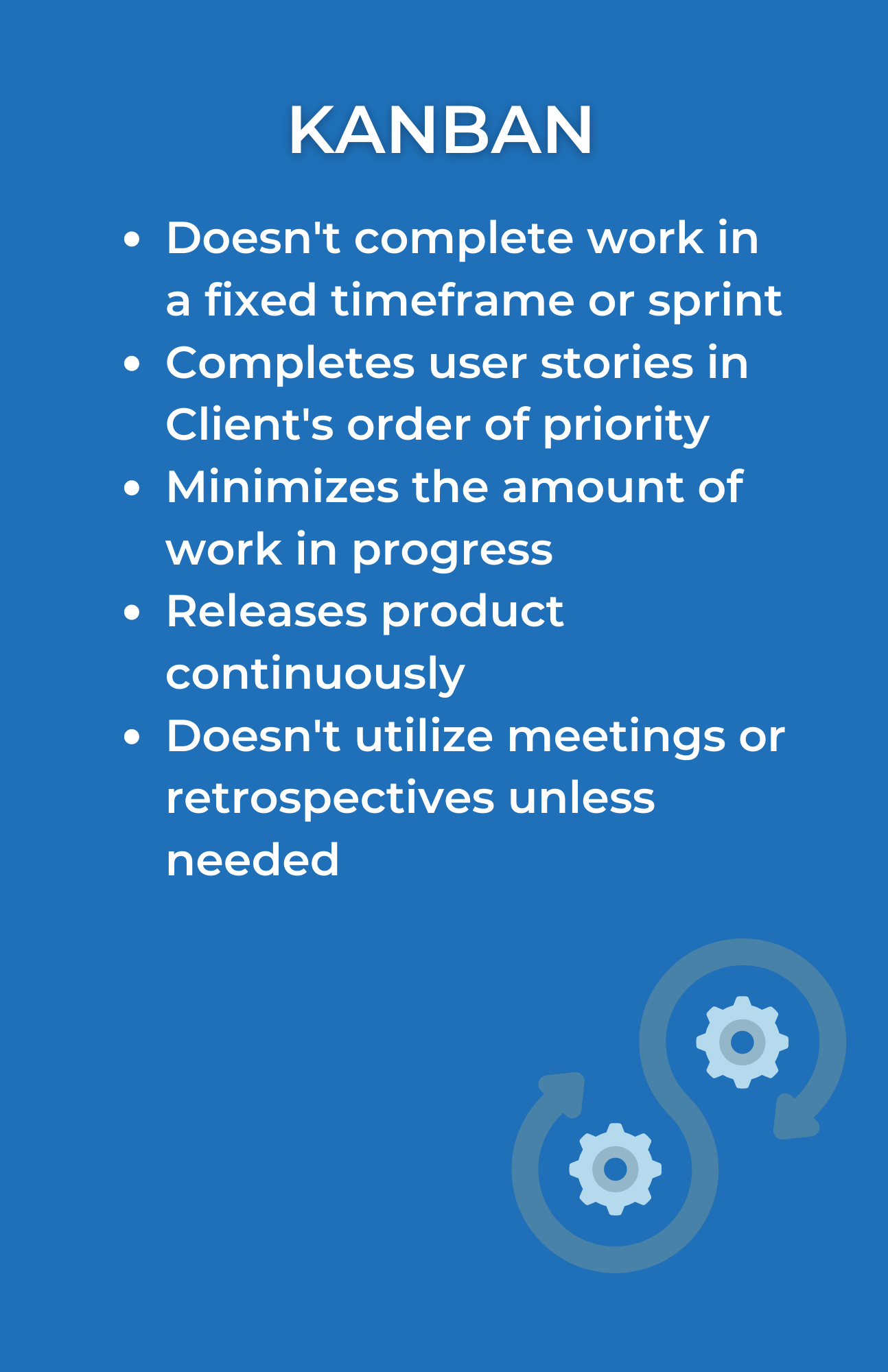
Often, we will start a project with Scrum. Once a solution is delivered and transitions to maintenance mode, we will switch to a Kanban process. The transition is seamless if using the proper tool.
Roles and Responsibilities Defined
For each project, we define the following roles and responsibilities:
- Product Owner, Client is responsible for determining product backlog items/user stories/requirements as well as accepting the items when they are completed
- Team members, IntelliTect are accountable for completing the work described in backlog items
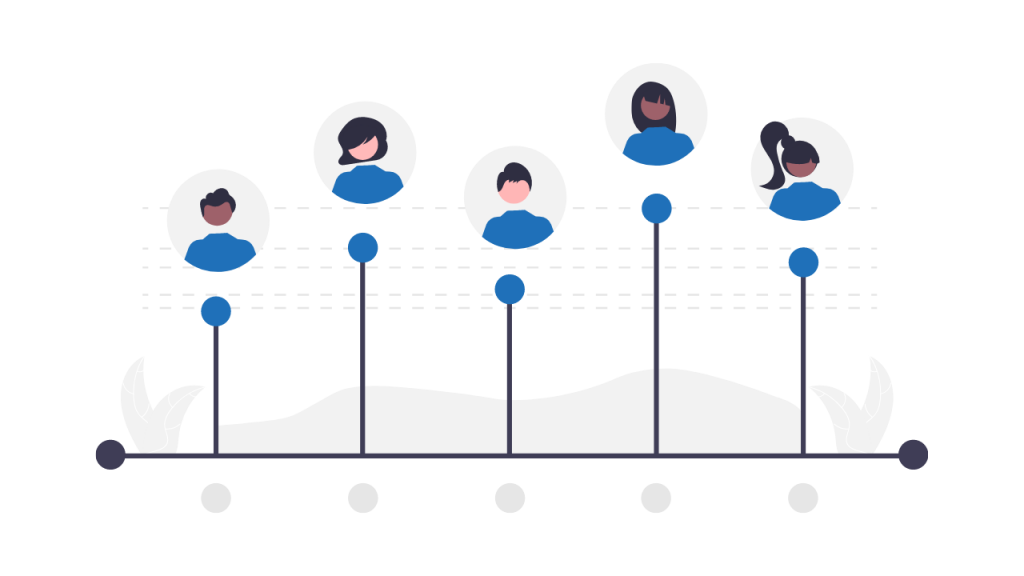

- Stakeholders, Client holds a vested interest in outcomes—not a product owner or team member
- Scrum Master*, IntelliTect senior staffer oversees project, works in conjunction with product owner as needed, represents team to product stakeholders, eliminates obstacles, maintains budget, manages team resources and ensures the development team has the capacity, skills and experience necessary to be successful. *Scrum master is a position used in Scrum, not Kanban
Customized Practices for Each Client
Being agile, with the ability to design for change and adapt to challenges, is a mindset, not a software application toolkit, so we believe that the best configuration is a blend of practices and methods which can only be derived from analyzing our client’s needs.
Contact us to discuss which method works best for your next project.


Need an Agile Solution?
Let’s chat about your organization’s technical needs and how we can execute your vision!